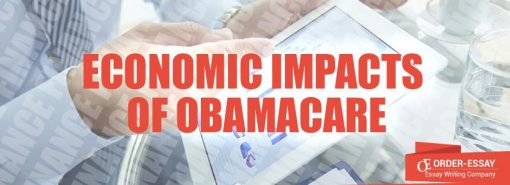
Property tax, as the name suggests, is the levy applied upon valuation of any property. This tax is often referred to as millage tax and the body charged with the responsibility of tax imposition upon the property must have authority and jurisdiction within the location of the property. The authority may come from a federal or national government, municipality or county (Bragg, 2012). In some cases, more than a single entity among the above mentioned can impose the levy upon the property. The tax authority first undertakes an appraisal to ascertain the monetary value of the property before determining the tax levy.
An onerous tax is considered as an unnecessary baggage upon the individuals who should pay the levy. In other words, it is said to be a tax whose regulatory implications surpass the need or advantage of the tax. Having mentioned this, it is true that property tax is an onerous tax because of the disparities that exist during valuation of the property (Wallis, 2014). For instance, properties are valued by different entities using varied methods. Some of the valuations are based on subjective views and this may lead to partisan results. In the case where a property is overvalued, the owner is bound to pay a lot of fees for the same.
In the event of undervaluation, the governing authority will receive far less dues in terms of tax. Another reason why property tax is onerous is that it does not factor the differences in the levels of income for such owners of property (Fishman, 2016). For instance, two people with the same kind of property may have other sources of income that are contrary to one another. The amount of levy upon both properties will be similar yet this could be the only source of income for the individual with the least amount of income. Therefore, the disadvantaged party feels more burdened.
There are probable tax reforms that can be implemented and this step would eliminate the notion that property tax is onerous tax. The first reform that can be easily adopted is to improve the valuation process of the property. This means that the process should take other factors into consideration (Norregaard, 2013). As seen earlier, levels of income of individuals or revenue for organizations should come into play to avoid discrepancies that arise and oppress the most unfortunate. Nonetheless, this reform is difficult to implement because of the bureaucratic processes that are required to amend certain segments of the law.
Another reform could be the institutionalization of a single entity to perform the valuation process to avoid the danger of subjective and self-centered valuations. This will give a standard measure for all properties and the tax will be imposed fairly (McCluskey, Cornia, & Walters, 2012). The main hindrance to the adoption of this policy is that many institutions want to be part of the business and they wish to make money out of this venture. Besides, a single entity may not be adequate for a whole set of properties that exist in various forms (Bragg, 2012). In economic perspectives, this kind of monopoly would not augur well with other business prospects who wish to venture in this kind of industry.
The Serrano v. Priest case was a set of three suits that were determined by the Supreme Court of California. The case involved parents of children in the Los Angeles public schools whose issue of contention was the increased taxes of in the schools as compared to other schools in other districts (Wallis, 2014). Another issue was a conflict about the financing systems which had defied the amendment acts according to the constitution of the United States. In all the three cases, Serrano who is the plaintiff got justification about the cases.
However, in the year 1978, there was a proposition that provided a solution based on the property tax (Wallis, 2014). The solution replaced the heavily reliant system upon the state funding scheme. The solution has remained in effect since time its inception and it has always undergone amendments since then. The importance of this case is that it set precedence to the taxation and valuation of property thus individuals and institutions can contribute towards welfare of society through taxation (Fishman, 2016). Just like any other judgment, the suit brought relief and justice to the students in Los Angeles district and they were able to access better facilitation like students of other district.
Green Acres is an organization in Florida whose mission is to provide public facilities and services to the city inhabitants and the business community. Their objective is to maintain the safety of the city, a planned and attractive community and a local government that is effective and efficient (Norregaard, 2013). Notably, the effective management of the of the FL district schools requires a formidable budget whose aim is better financial management. The school administration strives to relieve residents of the burden of tax by negotiating better ways of attaining returns on events. The schools manage funds effectively and most of it is derived from external sources.
In essence, the role of property taxes is to facilitate the government to run other programs for the welfare of the society. This is a source of revenue and the money collected funds other projects as well as remunerating the national workers (Fishman, 2016). Besides, taxes are regulatory instruments that restrain property owners from engaging in fraudulent businesses. This ensures that the business is done in a manner that is desirable enough under the law.
In conclusion, property taxes play an important role in any society. Nonetheless, there are various perceptions that render them unfavorable in the public domain but the recommended reforms can be implemented to salvage the nobility of the tax. The variations that exist in the course of valuation of property taxes make them onerous taxes. The valuation of property taxes is quite vital and all reforms adopted should point in this direction for effectiveness going into the future.











